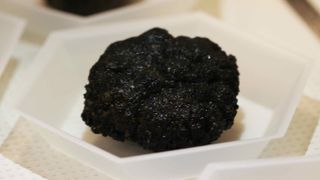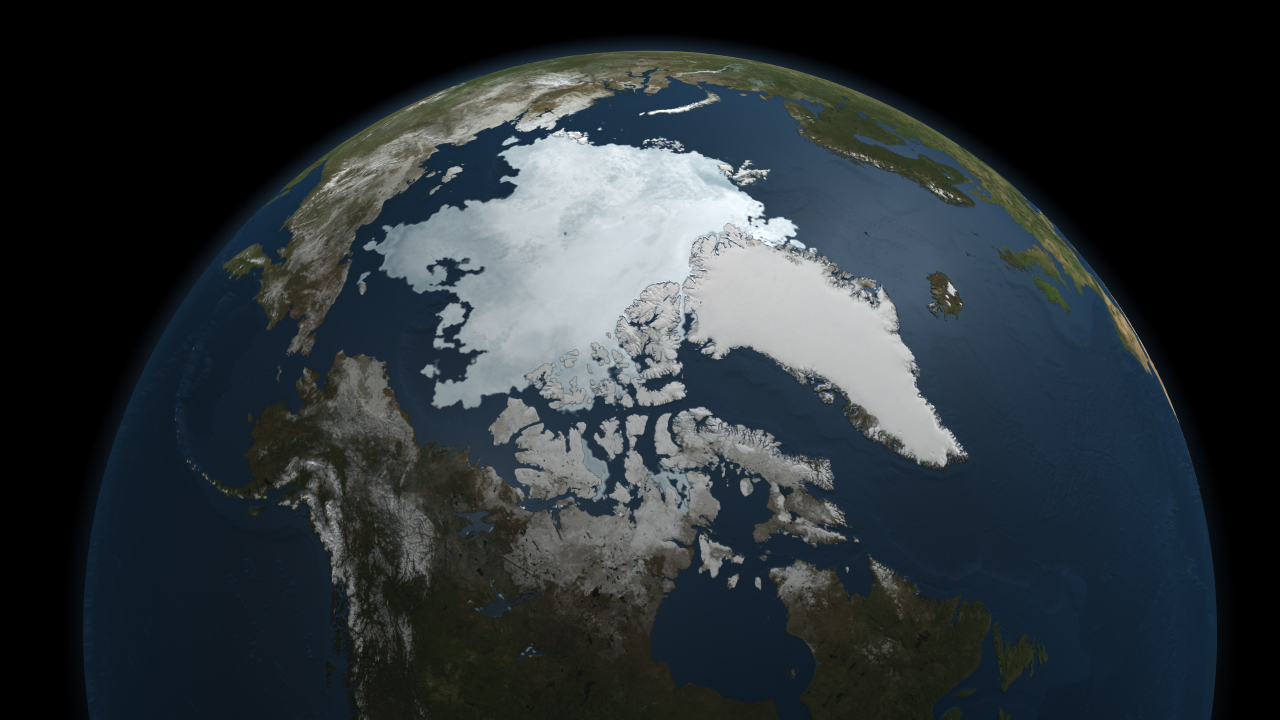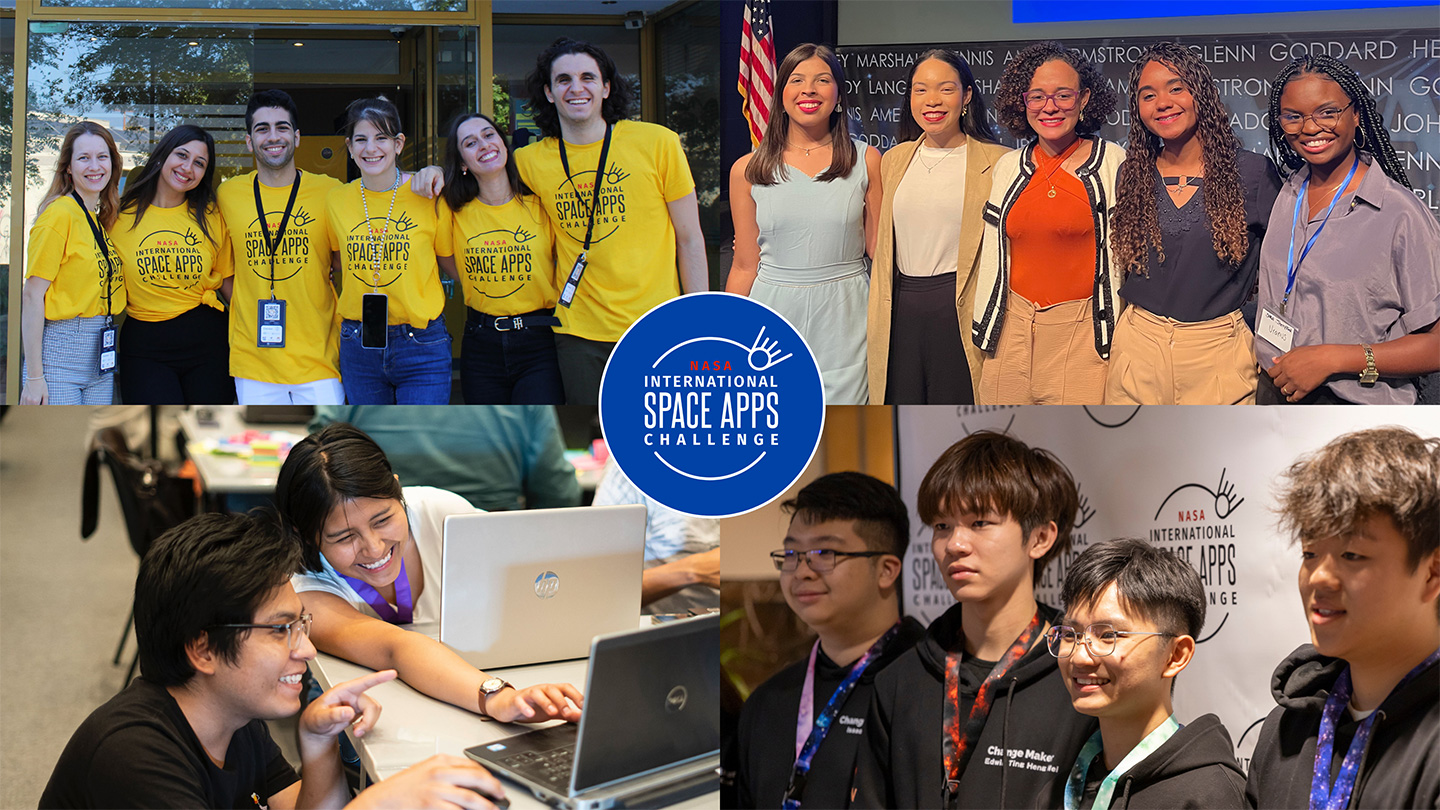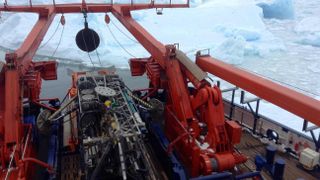5 Min Read NASA Returns to Arctic Studying Summer Sea Ice Melt NASA's Gulfstream III aircraft taxis on the runway at Pituffik Space Base as it begins one of its daily science flights for the ARCSIX mission. Credits: NASA/Gary Banziger What happens in the Arctic doesn’t stay in the Arctic, and a new NASA mission is helping improve data modeling and increasing our understanding of Earth’s rapidly changing climate. Changing ice, ocean, and atmospheric conditions in the northernmost part of Earth have a large impact on the entire planet. That’s…
Read MoreTag: Earth
Discovery of ‘dark oxygen’ from deep-sea metal lumps could trigger rethink of origins of life
Potato-size metallic nodules strewn across the Pacific Ocean seafloor produce oxygen in complete darkness and without any help from living organisms, new research reveals. The discovery of this deep-sea oxygen, dubbed “dark oxygen,” is the first time scientists have ever observed oxygen being generated without the involvement of organisms and challenges what we know about the emergence of life on Earth, researchers say. “When we first got this data, we thought the sensors were faulty, because every study ever done in the deep sea has only seen oxygen being consumed…
Read MoreNASA-Funded Studies Explain How Climate Is Changing Earth’s Rotation
6 min read Preparations for Next Moonwalk Simulations Underway (and Underwater) The Arctic is captured in this 2010 visualization using data from NASA’s Aqua satellite. A new study quantifies how climate-related processes, including the melting of ice sheets and glaciers, are driving polar motion. Another study looks at how polar meltwater is speeding the lengthening of Earth’s day. NASA’s Scientific Visualization Studio Researchers used more than 120 years of data to decipher how melting ice, dwindling groundwater, and rising seas are nudging the planet’s spin axis and lengthening days. Days…
Read MoreRegistration Opens for the 2024 NASA International Space Apps Challenge
Earth (ESD) Earth Home Explore Climate Change Science in Action Multimedia Data For Researchers NASA invites a global community of innovators, technologists, storytellers, and problem solvers to register for the 2024 NASA Space Apps Challenge, the largest annual global hackathon. The annual event, held this year on October 5-6, fosters innovation through international collaboration by providing an opportunity for participants to utilize NASA’s free and open data and space-based data from space agency partners. “It takes a variety of skills and perspectives to launch a mission into space, and NASA’s…
Read MoreIs Earth’s weather getting weirder?
Severe turbulence, record rainfall, killer heatwaves and raging wildfires to name but a few: is it just me, or is “Is Earth’s weather getting weirder?” The answer? Yes. Well, sort of. These weather events have happened in the past, but the problem is nowadays they’re happening more frequently and to a far greater extent. What’s causing this uptick in “global weirding” and is there anything we can do about it? Space.com spoke with a leading climate scientist Katharine Hayhoe to learn more about this strange surge in weird weather events…
Read MoreA Midsummer Red Sprite Seen from Space
Several transient luminous events illuminate pockets of Earth’s upper atmosphere. A line of thunderstorms off the coast of South Africa powers the rare phenomena. NASA/Matthew Dominick NASA astronaut Matthew Dominick photographed red sprites in Earth’s upper atmosphere from the International Space Station on June 3, 2024. The bright red flashes (more easily seen by clicking on the photo to see a larger version) are a less understood phenomena associated with powerful lightning events and appear high above the clouds in the mesosphere. Transient Luminous Events (TLEs), including red sprites, are…
Read MoreHurricane Beryl makes landfall as Category 1 hurricane along eastern Texas (video)
The strongest hurricane to occur this early in the year made landfall in Matagorda, Texas, early Monday morning (July 8) at a Category 1 level on the Saffir-Simpson Hurricane Wind Scale. At 4:00 a.m. local time, Hurricane Beryl roared inland with maximum sustained winds of 80 miles per hour (129 kilometers per hour), bringing with it a , dangerous rise in seawater level — up to seven feet (two meters) in some spots along the Gulf coastline in eastern Texas. The storm also brought “considerable” flash and urban flooding inland…
Read MoreBoiling rocks from Earth’s crust tore an ocean into Mongolia 410 million years ago
Over 400 million years ago, an upwelling of hot rock from Earth’s mantle wrenched apart the crust in Mongolia, creating an ocean that survived for 115 million years. The geological history of this ocean could help researchers understand Wilson cycles, or the process by which supercontinents break apart and come together. These are slow, broad-scale processes that progress by less than an inch per year, said study co-author Daniel Pastor-Galán, a geoscientist at the National Spanish Research Council in Madrid. “It’s telling us about processes in the earth that are…
Read MoreGiant river system that existed 40 million years ago discovered deep below Antarctic ice
Geologists digging into the massive ice sheet of West Antarctica have discovered the remains of an ancient river system that once flowed for nearly a thousand miles. The discovery offers a glimpse into the Earth’s history and hints at how extreme climate change could alter the planet, according to their findings, published June 5 in the journal Science Advances. “If we think about a potentially severe climate change in the future, we need to learn from periods in Earth’s history where this already happened,” Johann Klages, study co-author and a sedimentologist at the Alfred…
Read More4,000-year-old ‘Seahenge’ in UK was built to ‘extend summer,’ archaeologist suggests
A mysterious Bronze Age wooden circle known as “Seahenge” on England’s east coast was built more than 4,000 years ago in an effort to bring back warmer weather during an extreme cold spell, a new study suggests. The theory is a new attempt to explain the buried structure — a rough circle about 25 feet (7.5 meters) across, made from 55 split oak trunks surrounding a “horseshoe” of five larger oak posts around a large inverted oak stump — that was controversially dug up and moved into a museum in…
Read More







